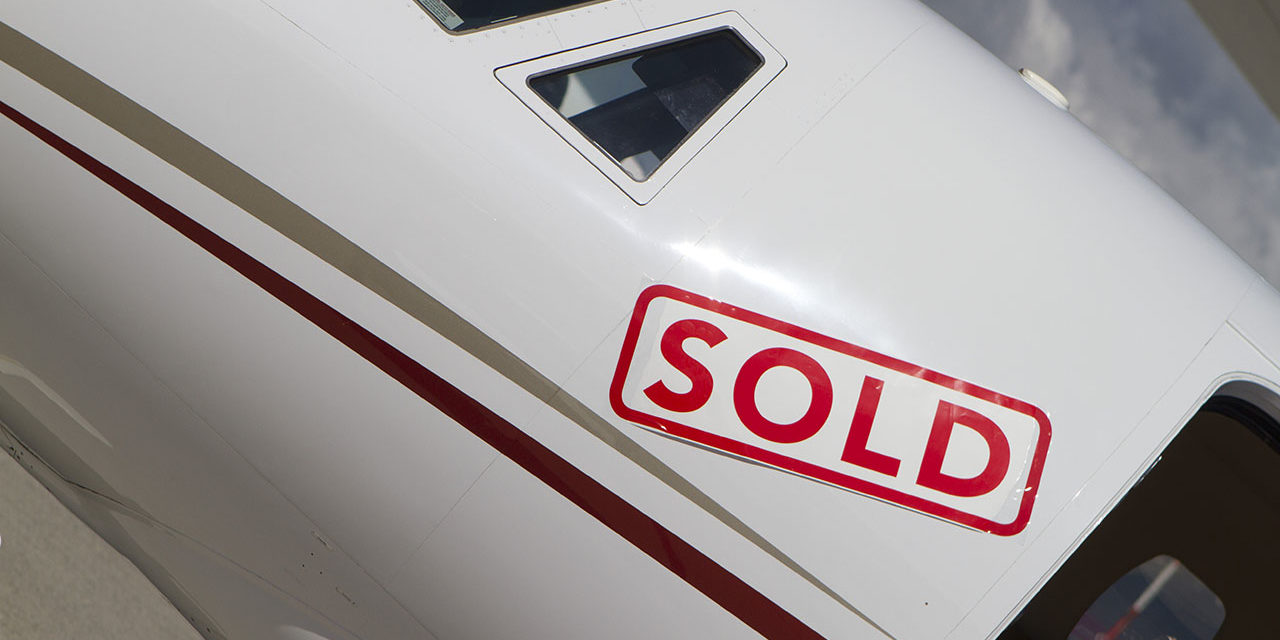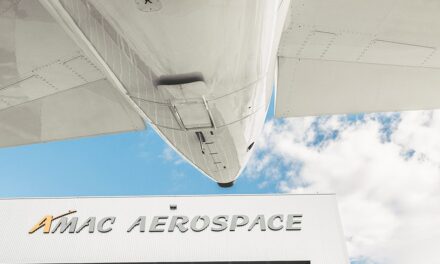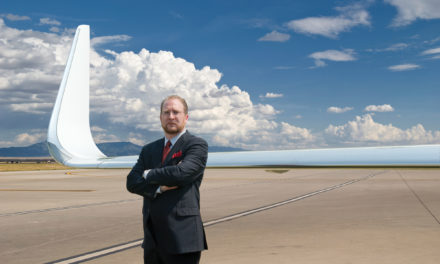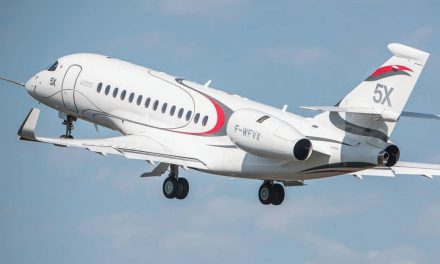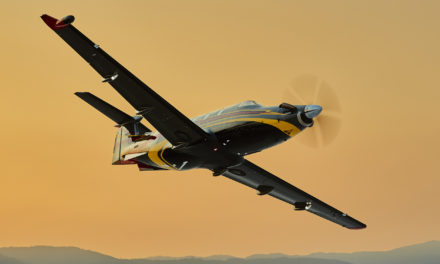Second-hand transactions in the business aviation sector have really changed in recent years and especially after the great crisis of 2008. This one, although particularly violent for the economy and for the aviation sector in particular, will have paradoxically restored the brokerage on the second-hand market, a sector in full boiling. Healthier, this sector is now facing a change in its mode of operation especially with the Internet use and an access to information increasingly pointed directly to the potential buyer.
In 2019, according to the latest industry figures, out of a total of about 50,000 manufactured business aircraft, all categories together, 39,000 are currently in service.
Between 2,000 and 2,200 aircraft are officially for sale, which represents an average of just over 5% of the world fleet. This figure seems reasonable compared to the fleet of ten years ago that had between 20 and 30% of second-hand aircraft on the market. On the transaction side, it is interesting to note that the proportion of new and used aircraft has been steady for 5 years with 20% of new aircraft against 80% of second-hand aircraft. For several years, monthly transactions have been steady at 350 to 400 per month, with a spectacular peak in December 2018 when a record of 537 transactions were made. Since the beginning of this year, and despite a slight decrease in January 2019, the world market is mature and remains relatively solid, the demand being there and the supply varied enough to maintain a continuous flow of transactions. However, the high-end segment of aircraft that can exceed 5,000 nm remains the most volatile.
Price variation
This segment is indeed subject to significant price differences and it is sometimes difficult for a buyer to navigate. In some cases, prices may vary significantly from one month to another depending on the offer, regardless of the Bluebook or the Vref official quotation.
The latest example is the Falcon 7X, whose first series aircraft, duly checked, have been sold in a very short period of time. This totally unexplained “stimulation” of the market has obviously created a slight rise in prices because of the high demand for a limited supply. Paradoxically, this craze for the Dassault Aviation tri-jet was reversed and the rating of the aircraft logically dropped. This epiphenomenon alone illustrates a market that, although steady, is subject to some totally unpredictable factors that do not have reliable indicators.
The buyer also changes
In 2019, after a period of ten years, the market has gradually been rebuilt, and today, in the business aircraft sales sector, there is a real trend towards the professionalisation of the brokers. It must be said that the Internet has jostled the established norm. Professionals today have powerful tools to identify virtually all aircraft on the planet, their owner and their history. But these informations are also available to potential buyers. The latter, more connected and younger, have become no more compulsive, but very informed and therefore more demanding than before.
In fact, it is almost impossible to sell a machine that you do not control by having either an exclusive sales mandate or the financial capacity to buy it yourself without having a plan for immediate resale.
Marketing is also part of this transformation. Long unavoidable, it was a source of significant expenses for the broker. Today, marketing is easier and less expensive, with the exception of paper magazines. Nowadays, thanks to the use of “mailing lists” judiciously established by specialized companies, it is possible to reach 99% of the targeted potential buyers.
Emergence of the “Off Market”
The deep change that has taken place throughout the sector has led to the development of the “Off Market” phenomenon. It is a parallel market, more confidential, dealing with aircraft under exclusive mandate, like what is practiced in high-end real estate. The emergence of this type of practice is explained by so-called “back-to-back” sales methods, which not only optimize flows but also maintain a certain degree of confidentiality, not to mention an optimization of the margins. This approach exists even among the buyers themselves, so professionals are willing enough to position themselves on machines that are not yet on the market, thus facilitating the “exclusive” promotion of it.
In fact, an aircraft in “Off Market” is a plane bought directly by the broker and resold in its network, without the slightest action of conventional marketing. This represents a growing share of brokerage activity in the business aviation sector. And this phenomenon, which should accelerate in the years to come, already draws tomorrow’s air brokerage.

